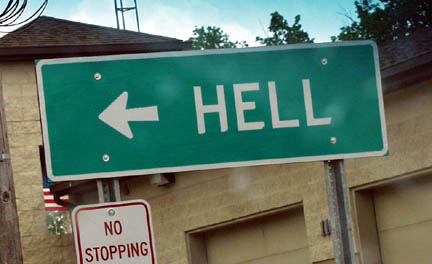Here’s the House of Commons Library Research Paper on the Responsibility to Protect [pdf]:
The Responsibility to Protect is an emerging doctrine designed to provide an international framework of protection for civilians facing mass atrocities. It was developed initially by an independent panel of experts named the International Commission on Intervention and State Sovereignty in 2001 and later endorsed by world leaders at a UN Summit in 2005
The Responsibility to Protect is a three-fold duty: to prevent, to react and to rebuild.This three-fold duty falls by default to the state concerned but should be assumed by the international community whenever there is a “manifest failure” of the state to discharge its responsibilities to its citizens
The most controversial element of the doctrine is the idea that the international community, authorised by the UN Security Council, could mount a military intervention in order to stop mass atrocities.
It remains unclear whether in the event of Security Council paralysis, a unilateral intervention would prove legitimate or legal.
There is considerable debate over the status and scope of the Responsibility to Protect. On balance, most observers and states believe that it remains a political commitment and has not yet acquired legal force.
Implementation of the Responsibility to Protect has proved difficult due to a range of challenges both conceptual and practical.
Many non-Western countries harbour fears about abuse of the Responsibility to Protect. The doctrine is supported by all of the major political parties in the UK and the British Government has been at the forefront of efforts to secure support for the principle in international fora.
